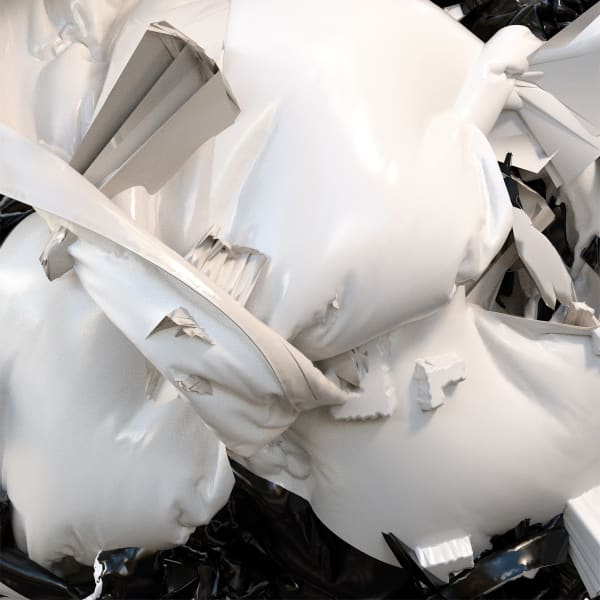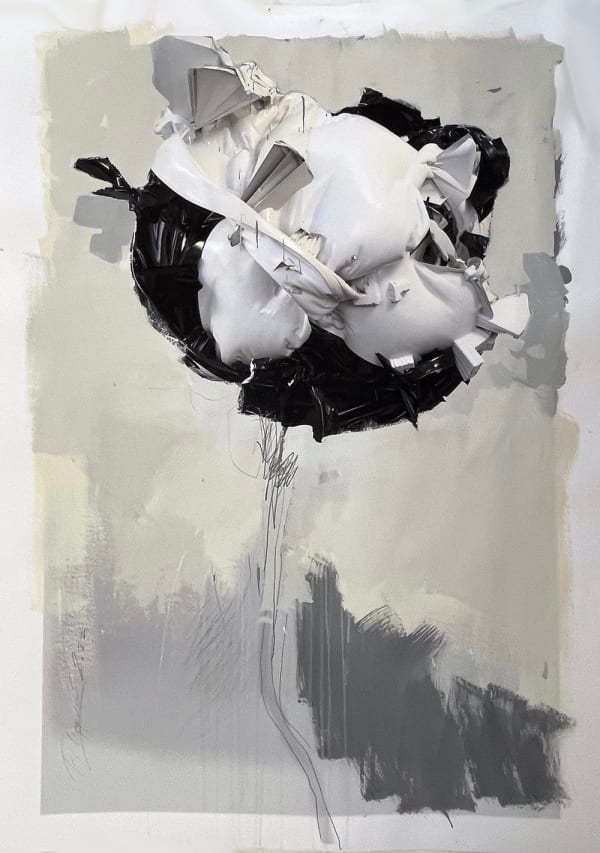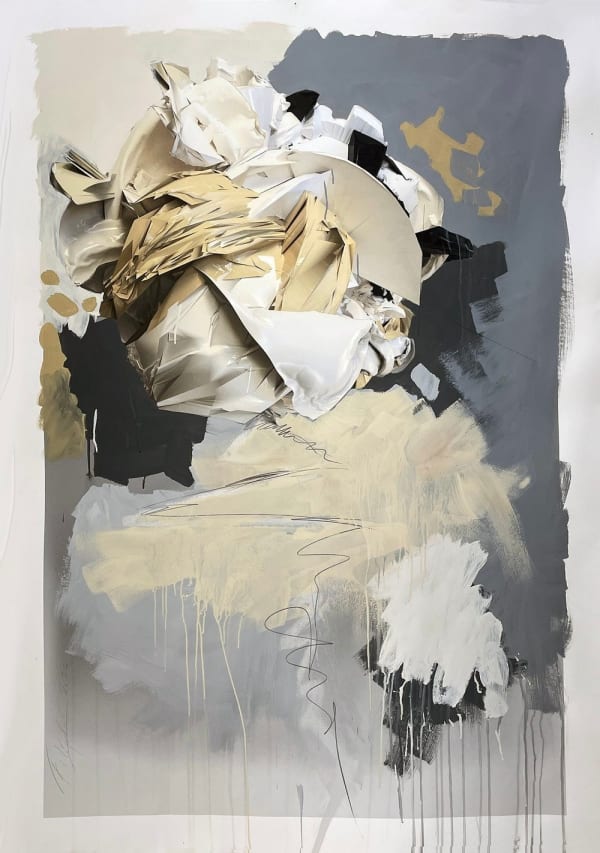-
 Apartment Houses (detail) | Ukraine Flower Series, 2023
Apartment Houses (detail) | Ukraine Flower Series, 2023 -
 Apartment Houses | Ukraine Flower Series, 2023
Apartment Houses | Ukraine Flower Series, 2023 -
 Bakhmut | Ukraine Flower Series, 2023
Bakhmut | Ukraine Flower Series, 2023 -
 Where the Children Were I | Ukraine Flower Series, 2023
Where the Children Were I | Ukraine Flower Series, 2023 -
 Where the Children Were II | Ukraine Flower Series, 2023
Where the Children Were II | Ukraine Flower Series, 2023 -
 (detail) Zaporizhzhia Nuclear Plant | Ukraine Flower Series, 2022
(detail) Zaporizhzhia Nuclear Plant | Ukraine Flower Series, 2022 -
 Black Sea | Ukraine Flower Series, 2022
Black Sea | Ukraine Flower Series, 2022 -
 Civilians | Ukraine Flower Series, 2022
Civilians | Ukraine Flower Series, 2022 -
 Kyiv | Ukraine Flower Series, 2022
Kyiv | Ukraine Flower Series, 2022 -
 Maternity Hospital | Ukraine Flower Series, 2022
Maternity Hospital | Ukraine Flower Series, 2022 -
 National Library | Ukraine Flower Series, 2022
National Library | Ukraine Flower Series, 2022 -
 Zaporizhzhia Nuclear Plant | Ukraine Flower Series, 2022
Zaporizhzhia Nuclear Plant | Ukraine Flower Series, 2022











